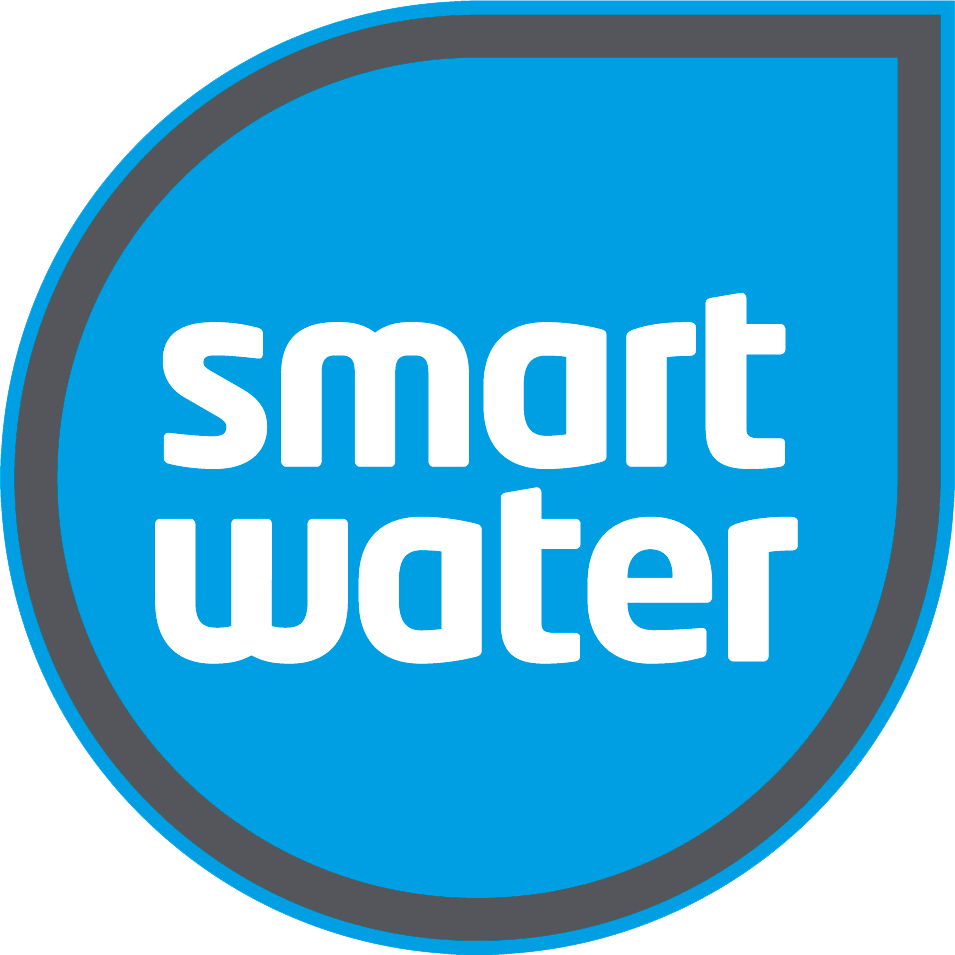 Shopping Cart
Shopping Cart
12 April 2023
Rural and remote living – how to manage your water supply

Living in a remote or rural area can be a wonderful experience, with its peaceful and quiet surroundings, but it also comes with its own set of challenges. One of the biggest challenges is managing your water supply.
Unlike urban areas, where access to clean water is readily available, in remote areas, you are responsible for sourcing, storing, and managing your own water supply. In this blog post, we will discuss the ways in which you can supply water to your remote area, how to purify water in remote locations, and how to manage your water supply using water tank level monitoring systems.
How do I supply water to my remote area?
When it comes to supplying water to a remote area, the most common solution is to use water tanks. Water tanks come in various sizes and materials and are designed to store water for long periods of time. Water tanks are relatively easy to install and maintain, making them an ideal solution for remote areas.
There are several types of water tanks available, including concrete, steel, and plastic tanks. Concrete tanks are durable and long-lasting but can be expensive to install. Steel tanks are also durable, but they can be prone to rust and corrosion if not maintained properly. Plastic tanks are lightweight and easy to install, but they may not be as durable as concrete or steel tanks.
When selecting a water tank for your remote area, it's important to consider the size of the tank, the material it's made of, and the location of the tank. The size of the tank will depend on the amount of water you need to store, while the material and location of the tank will depend on the climate and environment of your area. You can read more about choosing the right water tank for your property in a recent post.
Once you have installed your water tank, it's important to maintain it properly. This includes regularly cleaning the tank to prevent the build-up of sediment and bacteria and checking the tank for any signs of damage or leaks.
How can water be purified in remote locations?
Whilst water tanks are an effective solution for storing water in remote areas, the water inside the tank may not be clean or safe to drink. This is because the water can become contaminated with bacteria, viruses, and other pollutants. To ensure that the water in your tank is clean and safe to drink, it's important to purify the water using a water purification system.
There are several water purification systems available, including UV sterilisation, reverse osmosis, and filtration systems. UV sterilisation uses ultraviolet light to kill bacteria and viruses in the water, while reverse osmosis uses a semi-permeable membrane to remove impurities from the water. Filtration systems use a combination of physical and chemical processes to remove contaminants from the water.
When choosing a water purification system for your remote area, it's important to consider the type of contaminants that are present in your water supply. For example, if your water supply is contaminated with bacteria and viruses, a UV sterilisation system may be the best option. If your water supply is contaminated with chemicals and heavy metals, a reverse osmosis system may be more effective.
It's also important to regularly maintain your water purification system to ensure that it is working properly. This includes regularly changing the filters and UV lamps and checking the system for any signs of damage or leaks.
How do I manage my water supply in remote locations?
Once you have installed your water tank and water purification system, it's important to manage your water supply effectively. This includes monitoring the level of water in your tank so that you can ensure that you always have an adequate supply of water.
Traditionally, water tank level monitoring has been done manually, with someone physically checking the level of water in the tank. However, this can be time-consuming and impractical, especially if the tank is located in a remote or difficult-to-access area. This is where water tank level monitoring systems from Smart Water can be incredibly useful.
Smart Water provides a range of water tank level monitoring systems that allow you to remotely monitor the level of water in your tank using a mobile app or web-based platform. The systems use a variety of sensors and technologies to accurately measure the water level in your tank and provide real-time data on your water usage and levels.
Our water tank level monitoring systems are easy to install and can be customised to suit your specific needs. They can also be used to monitor multiple tanks or water sources, giving you a complete overview of your water supply.
In addition to monitoring the water level in your tank, the systems can also alert you to any potential issues, such as leaks or low water levels. This allows you to take action quickly and prevent any damage to your water tank or supply.
Managing your water supply effectively is essential when living in a remote area, and water tank level monitoring systems from Smart Water can help you do just that. By providing real-time data on your water usage and levels, these systems allow you to conserve water, avoid wastage, and ensure that you always have an adequate supply of water.
Read more about the benefits of using a water tank level monitoring system.
Summary
Managing your water supply in a remote area can be a challenge, but with the right tools and techniques, it is possible to ensure that you have a clean and reliable source of water. Water tanks are an effective solution for storing water, while water purification systems can help ensure that the water in your tank is safe to drink.
Water tank level monitoring systems from Smart Water can help you manage your water supply effectively by providing real-time data on your water levels and usage. By taking these steps, you can ensure that you have a consistent and reliable source of water, no matter where you live.
